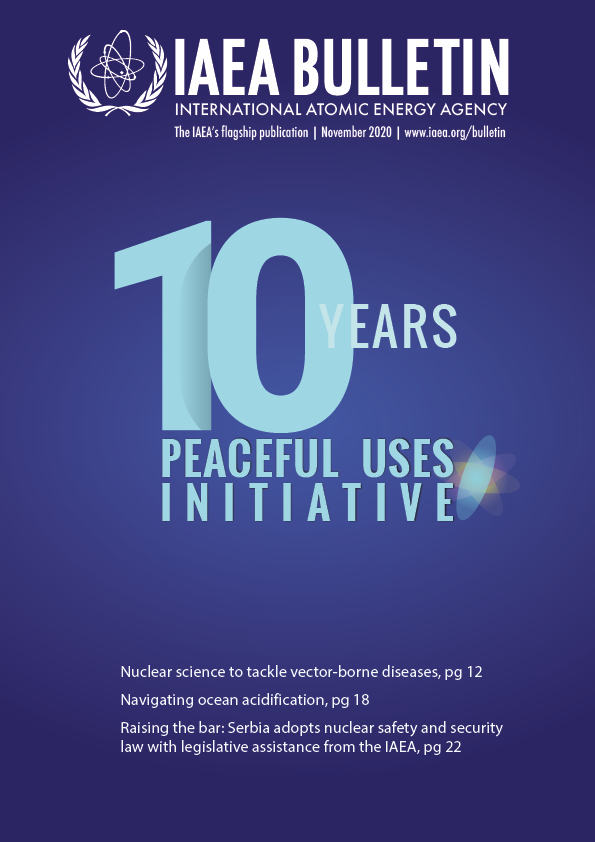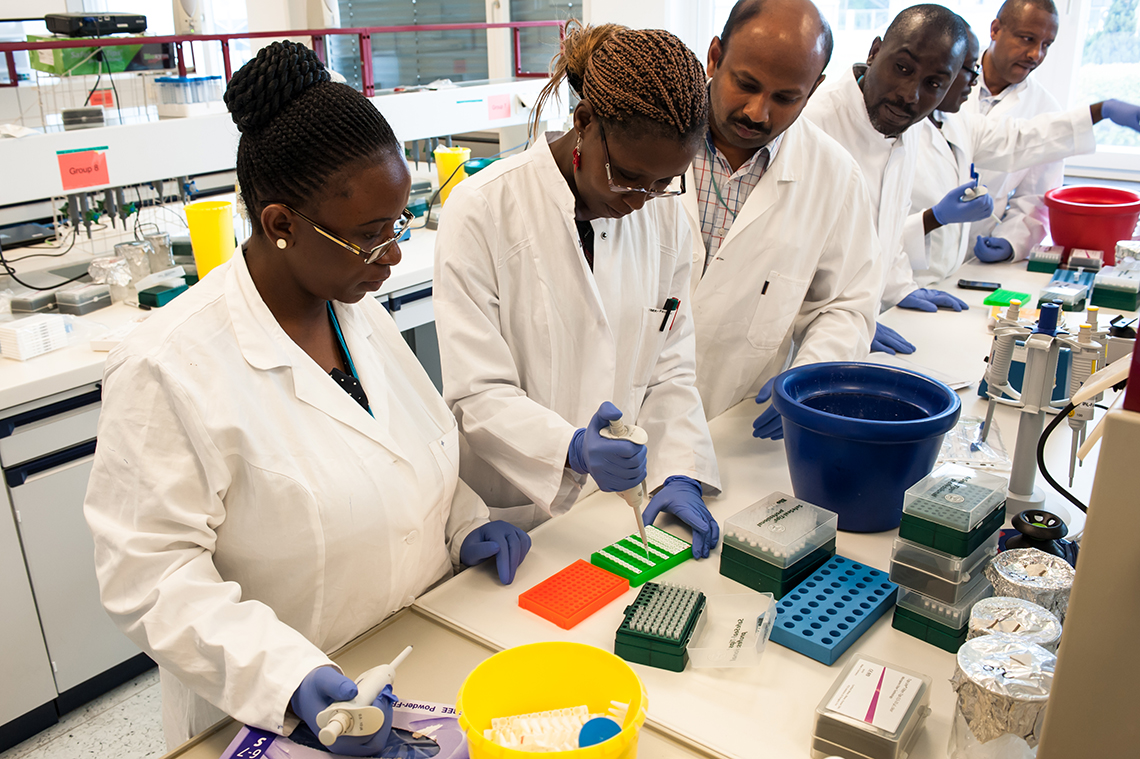The virus responsible for COVID-19, originating in animals, emerged in humans in late 2019 and upended the world as we know it. While it is the first disease in over a century to cause daily lives and economies worldwide to grind to a halt, it is not the first disease to cross from animals to people.
More than 60 per cent of diseases now affecting humans started in animals — and with improved surveillance and animal disease control, they could be stopped in their tracks. This is what underlines the importance of global initiatives like the Veterinary Diagnostic Laboratory (VETLAB) Network, through which veterinary labs exchange information, share best practices and support each other. The VETLAB Network is maintained by the IAEA, in partnership with the Food and Agriculture Organization of the United Nations (FAO), and is funded through the Peaceful Uses Initiative and the African Renaissance and International Cooperation Fund.
“Over the last eight years, the VETLAB Network has helped more than 60 countries to quickly detect and control animal and zoonotic diseases, including the Ebola virus disease, avian influenza and, most recently, COVID-19,” said Charles Lamien, an Animal Health Expert at the Joint FAO/IAEA Division of Nuclear Techniques in Food and Agriculture. “With diseases having no regard for borders, we have to work together to control their emergence, re-emergence and spread. The VETLAB Network provides an effective way to do that.”
The VETLAB Network, created in 2012, comprises 71 laboratories in 45 African and 19 Asian countries. It is now working to expand to Central and Eastern Europe, and Latin America and the Caribbean. The laboratories work with each other as well as with experts from the Joint FAO/IAEA Division to use nuclear, nuclear-derived and other methods for monitoring, early detection, diagnosis and control of diseases (see The Science below).

